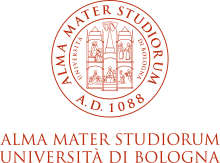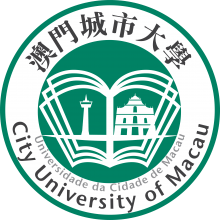About Pontifical Catholic University of Peru
Founded in 1917 by Catholic priest Father Jorge Dintilhac SS.CC as Peru's first non-profit private institution of higher learning, the Pontifical Catholic University of Peru (Pontificia Universidad Católica del Perú or PUCP) is a private university in Lima, Peru.
It began life with two schools - letters and laws, later gaining the schools of engineering and political and economic sciences in 1933. The school of education was created in 1935. The Academy of Catholic Art was founded in 1939 and became one of very few higher education institutions to offer an arts major in Peru.
During the 1960s, Gustavo Gutiérrez O.P., a Peruvian priest and professor at the university developed the first principles of "Liberation Theology", promoting Marxist socialism and pan-Latin American solidarity. The university is Catholic-affiliated but is not recognised by the Catholic Church.
Students can study courses in architecture and urbanism, arts, performing arts, science, engineering, communications, accounting, social sciences and management. It is home to 19,000 full-time undergraduate students, 5,600 graduate students and over 500 international students. The main campus is located in the Lima district of San Miguel, with the newly built Mac Gregor complex.
PUCP is dedicated to promoting and developing new research - it has 17 institutes and research centres, with notable mention for the Structures Laboratory and the Centre of Advanced Manufacturing Technologies (CETAM).
Lima, which retains many examples of Sevillian-colonial architecture, is home to the most distinguished universities in the country. Students will relish ethnic melting pot and its tapestry of cultural influences from Amerindians, Mestizo, Chinese, Japanese, and Afro-Peruvian.
Explore these featured universities
Explore rankings data for Pontifical Catholic University of Peru
Compare universities on their key stats
Key statistics
- 7.3No. of students per staff(1)
- 1%Percentage of International Students(1)
- 47 : 53Student Ratio of Females to Males(1)
- 35%Proportion of ISR Publication(1)
- 27,960Number of FTE Students(1)
Subjects taught at Pontifical Catholic University of Peru
Engineering & technology
- Mechanical & Aerospace Engineering
- Civil Engineering
- Electrical & Electronic Engineering
- Chemical Engineering
- General Engineering
Social sciences
- Geography
- Sociology
- Politics & International Studies (incl Development Studies)
- Communication & Media Studies
Law
- Law
Physical sciences
- Mathematics & Statistics
- Chemistry
- Geology, Environmental, Earth & Marine Sciences
- Physics & Astronomy
Psychology
- Psychology
Arts & humanities
- Architecture
- Archaeology
- Art, Performing Arts & Design
- Languages, Literature & Linguistics
- History, Philosophy & Theology
Business & economics
- Economics & Econometrics
- Business & Management
- Accounting & Finance
Education
- Education
Computer science
- Computer Science










